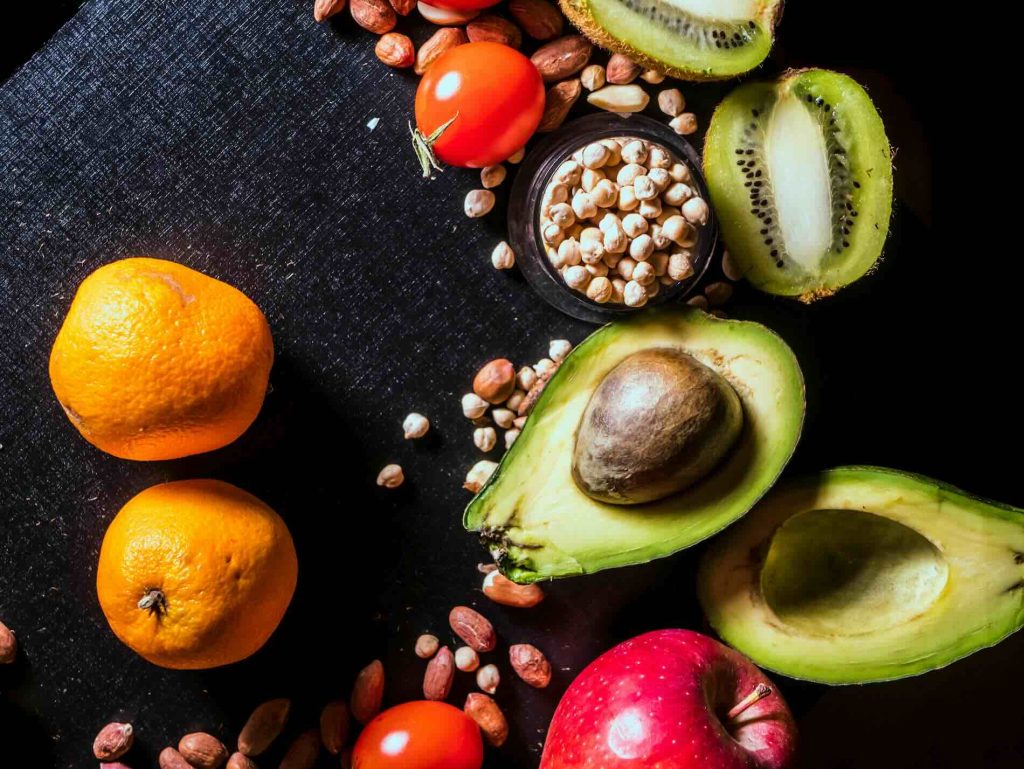Heard the buzz about keto but not sure what’s actually on the menu? You’re not alone. The keto diet has exploded in popularity—from celebrity endorsements to your coworker’s lunchbox—but figuring out what you can eat (and what to skip) can be confusing.
The core idea is simple: keep your body in ketosis, a metabolic state where fat—not carbs—is your primary energy source. But getting there (and staying there) takes more than just cutting sugar. You need the right balance of fats, proteins, and carbs—around 75% fat, 20% protein, and just 5% carbs.
So what foods support that balance? What throws it off? Let’s break it down clearly—so you can spend less time guessing and more time thriving.
What Exactly Is the Keto Diet?
The ketogenic diet—commonly known as “keto”—is a high-fat, low-carb, moderate-protein eating plan. By dramatically reducing your carbohydrate intake, your body switches from burning glucose (sugar) to burning fat for fuel. This process is known as ketosis.
When done right, keto can help with weight loss, stabilize blood sugar, reduce inflammation, and even improve cognitive focus. But if your food choices aren’t on point, you could kick yourself right out of ketosis—or worse, feel lousy trying to get there.
What to Eat on the Keto Diet
✅ Meat (Preferably Unprocessed and Grass-Fed)
Meat is a keto staple, especially fattier cuts like ribeye, pork belly, or chicken thighs. But there’s a catch—too much protein can convert to glucose through a process called gluconeogenesis, which may slow or halt ketosis. Focus on quality over quantity, and when possible, opt for grass-fed and pasture-raised meat.
✅ Fatty Fish (Like Salmon and Mackerel)
Wild-caught salmon isn’t just keto-friendly—it’s loaded with omega-3 fatty acids, which support brain function and heart health. Sardines, anchovies, and mackerel are also great picks. Try them grilled, baked, or tossed into a salad with olive oil.
✅ Eggs (All Styles Welcome)
Eggs are a budget-friendly, nutrient-dense keto MVP. Scrambled, poached, fried in butter, or hard-boiled—they’re versatile and naturally low in carbs. Aim for pasture-raised or organic eggs for the best nutrient profile.
✅ Above-Ground Vegetables
Think leafy greens, cruciferous veggies, and other non-starchy picks: spinach, kale, broccoli, zucchini, cauliflower, and avocado are all keto rockstars. Roast them in olive oil or sauté them in ghee to keep things interesting and satisfying.
✅ Healthy Fats and Oils
Extra virgin olive oil, avocado oil, coconut oil, and grass-fed butter are your friends on keto. Use them liberally to cook or drizzle over meals. They boost satiety, support hormone function, and help your body stay in ketosis.
✅ Nuts and Seeds (But Watch the Portion Sizes)
Not all nuts are created equal. While pecans, macadamias, and Brazil nuts are low in carbs, cashews and pistachios pack a higher carb punch. Seeds like flax, chia, and hemp are fantastic for fiber and omega-3s. Stick to small servings—especially if your weight loss stalls.
✅ Hydration Is Non-Negotiable
Water isn’t just allowed on keto—it’s essential. Aim for 8–10 glasses daily, and consider adding pink Himalayan salt or electrolytes to combat keto flu symptoms like headaches and fatigue. Infuse your water with lemon, cucumber, or mint for flavor without sugar.
✅ Coffee and Tea (No Sugar, Please)
Your morning coffee or tea is perfectly fine—just skip the sugar. Try adding a splash of heavy cream or a pat of grass-fed butter for a creamy, satisfying twist. Green tea, matcha, and herbal blends like peppermint or ginger are also great options.
What Not to Eat on Keto
❌ Grains and Starches
Bread, pasta, rice, oats, and cereal—all off the table. Even whole grains like quinoa or brown rice are too high in carbs to keep you in ketosis.
❌ Most Fruits (Except Berries)
Fruits are naturally high in sugar. While that’s fine for other diets, it’s a problem on keto. The exception? Berries. Small servings of raspberries, blackberries, or strawberries can fit in—just measure carefully.
❌ Starchy Vegetables and Legumes
Skip potatoes, carrots, peas, corn, and all types of beans. They’re nutrient-rich but too heavy in carbs. If you’re craving crunch, opt for jicama or raw cauliflower instead.
❌ Processed and Industrial Fats
Say no to seed oils like canola, soybean, and corn oil. These heavily processed fats can promote inflammation and aren’t doing your metabolism any favors. Stick to natural sources like butter, coconut oil, or lard.
❌ Alcohol (Most of It)
Beer, sweet wines, and sugary cocktails are carb bombs. If you drink, dry red or white wine and spirits like vodka or whiskey (with zero-carb mixers) are better options—but still consume sparingly.
Real Talk: Keto Isn’t All-or-Nothing
Let’s be real—transitioning into keto isn’t always smooth. You might slip up. You might crave bread. And guess what? That’s okay. The goal isn’t perfection—it’s progress.
Start slowly. Maybe you reduce carbs over a week instead of all at once. Maybe you track your macros for the first time in your life. Maybe you have an off day and pick right back up the next morning. That’s still winning.
Also, keep in mind: keto is a low-carb diet, not a no-carb diet. You don’t have to live on bacon and butter alone. A few carbs are necessary for energy, especially if you’re active or new to fat adaptation.
Final Takeaway: Build a Keto Diet That Works for You
The best keto approach is the one you can stick with. That means focusing on real, nutrient-dense foods you enjoy, drinking enough water, and giving your body time to adapt.
Experiment. Stay flexible. And most importantly—listen to your body.
Curious how to personalize keto for your lifestyle? Try journaling your meals for a week or using a macro tracking app. You’ll be surprised how quickly you learn what works—and what doesn’t.
- How Automated Dispensing Cabinets (ADCs) revolutionized point-of-care medication administration? - November 23, 2021
- How to Select the Best and Most Affordable Fitness Tools - October 31, 2021
- What is Causing the Trend of Nursing Turnover and How to Stop It - August 24, 2021


